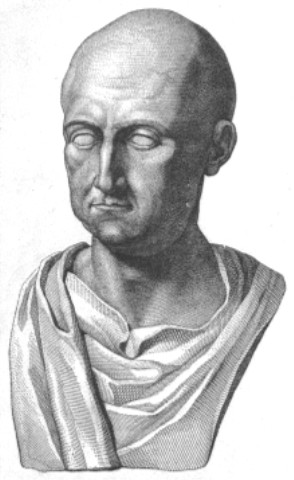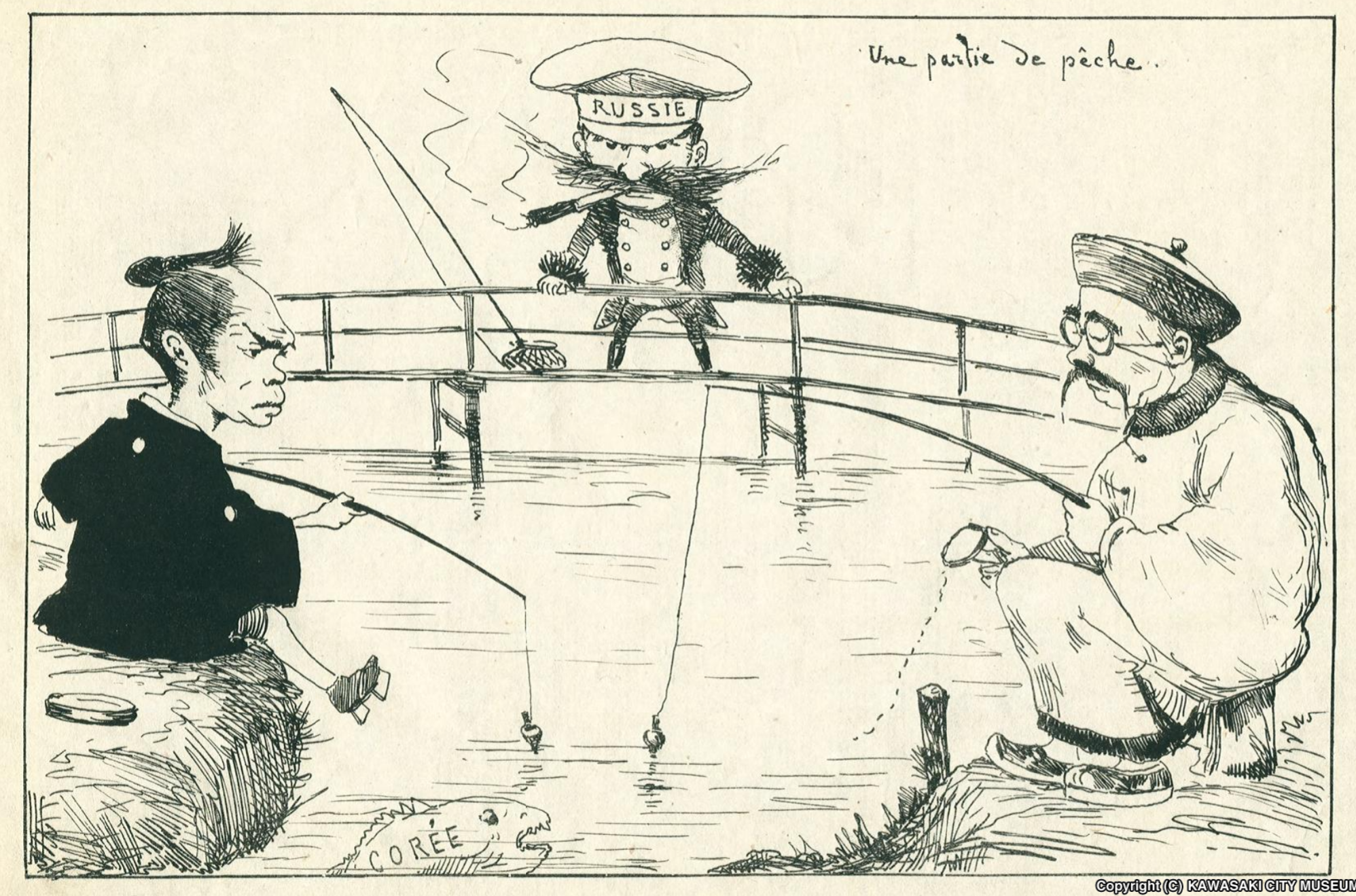|
Terauchi Masatake
Gensui Count Terauchi Masatake ( ja, 寺内 正毅), GCB (5 February 1852 – 3 November 1919), was a Japanese military officer, proconsul and politician. He was a '' Gensui'' (or Marshal) in the Imperial Japanese Army and the Prime Minister of Japan from 1916 to 1918. Biography Military career Terauchi Masatake was born in Hirai Village, Suo Province (present-day Yamaguchi city, Yamaguchi Prefecture), and was the third son of Utada Masasuke, a samurai in the service of Chōshū Domain. He was later adopted by a relative on his mother's side of the family, Terauchi Kanuemon, and changed his family name to "Terauchi". As a youth, he was a member of the Kiheitai militia from 1864, and fought in the Boshin War against the Tokugawa shogunate from 1867, most notably at the Battle of Hakodate. After the victory at Hakodate, he travelled to Kyoto, where he joined the Ministry of War and was drilled by French instructors in Western weaponry and tactics. He became a member of Em ... [...More Info...] [...Related Items...] OR: [Wikipedia] [Google] [Baidu] |
Prime Minister Of Japan
The prime minister of Japan ( Japanese: 内閣総理大臣, Hepburn: ''Naikaku Sōri-Daijin'') is the head of government of Japan. The prime minister chairs the Cabinet of Japan and has the ability to select and dismiss its Ministers of State. The prime minister also serves as the civilian commander-in-chief of the Japan Self Defence Forces and as a sitting member of the House of Representatives. The individual is appointed by the emperor of Japan after being nominated by the National Diet The is the national legislature of Japan. It is composed of a lower house, called the House of Representatives (Japan), House of Representatives (, ''Shūgiin''), and an upper house, the House of Councillors (Japan), House of Councillors (, ... and must retain the nomination of the lower house and answer to parliament to remain in office. The position and nature of this title allow the holder to reside in and work at the Prime Minister's Official Residence (Japan), Prime Minist ... [...More Info...] [...Related Items...] OR: [Wikipedia] [Google] [Baidu] |
Hisaichi Terauchi
Count was a '' Gensui'' (or field marshal) in the Imperial Japanese Army, commander of the Southern Expeditionary Army Group during World War II. Biography Early military career Terauchi was born in Tokyo Prefecture, and was the eldest son of '' Gensui'' Count Terauchi Masatake, the first Governor-General of Korea and the 9th Prime Minister of Japan. At the age of four, his father was transferred to France, and he was sent to live with his maternal aunt in Yamaguchi. Due to his family's close connections with former Chōshū Domain, he was officially registered as a resident of Yamaguchi Prefecture around that time. After his father returned from an overseas assignment, the family moved back to Tokyo. He graduated from the 11th class of the Imperial Japanese Army Academy in 1899, and served as a junior officer in the Russo-Japanese War with the Guards 2nd Infantry Battalion. After the war, Terauchi returned to the Army Staff College and graduated from the 21st class in 190 ... [...More Info...] [...Related Items...] OR: [Wikipedia] [Google] [Baidu] |
Marshal
Marshal is a term used in several official titles in various branches of society. As marshals became trusted members of the courts of Middle Ages, Medieval Europe, the title grew in reputation. During the last few centuries, it has been used for elevated offices, such as in military rank and civilian law enforcement. In most countries, the rank of Field marshal, Marshal is the highest Army rank (equivalent to a five-star General of the Army (United States), General of the Army in the United States). Etymology "Marshal" is an ancient loanword from Norman language, Norman French (cf. modern French ''maréchal''), which in turn is borrowed from Old Frankish *' (="stable boy, keeper, servant"), being still evident in Middle Dutch ''maerscalc'', ''marscal'', and in modern Dutch ''maarschalk'' (="military chief commander"; the meaning influenced by the French use). It is cognate with Old High German ' "id.", modern German ''(Feld-)Marschall'' (="military chief commander"; the mea ... [...More Info...] [...Related Items...] OR: [Wikipedia] [Google] [Baidu] |
Proconsul
A proconsul was an official of ancient Rome who acted on behalf of a consul. A proconsul was typically a former consul. The term is also used in recent history for officials with delegated authority. In the Roman Republic, military command, or ''imperium'', could be exercised constitutionally only by a consul. There were two consuls at a time, each elected to a one-year term. They could not normally serve two terms in a row. If a military campaign was in progress at the end of a consul's term, the consul in command might have his command prorogued, allowing him to continue in command. This custom allowed for continuity of command despite the high turnover of consuls. In the Roman Empire, proconsul was a title held by a civil governor and did not imply military command. In modern times, various officials with notable delegated authority have been referred to as proconsuls. Studies of leadership typically divide leaders into policymakers and subordinate administrators. The proconsu ... [...More Info...] [...Related Items...] OR: [Wikipedia] [Google] [Baidu] |
Japanese People
The are an East Asian ethnic group native to the Japanese archipelago."人類学上は,旧石器時代あるいは縄文時代以来,現在の北海道〜沖縄諸島(南西諸島)に住んだ集団を祖先にもつ人々。" () Japanese people constitute 97.9% of the population of the country of Japan. Worldwide, approximately 129 million people are of Japanese descent; of these, approximately 122.5 million are residents of Japan. People of Japanese ancestry who live outside Japan are referred to as , the Japanese diaspora. Depending on the context, the term may be limited or not to mainland Japanese people, specifically the Yamato (as opposed to Ryukyuan and Ainu people). Japanese people are one of the largest ethnic groups in the world. In recent decades, there has also been an increase in the number of multiracial people with both Japanese and non-Japanese roots, including half Japanese people. History Theories of origins Archaeological evidence ... [...More Info...] [...Related Items...] OR: [Wikipedia] [Google] [Baidu] |
Order Of The Bath
The Most Honourable Order of the Bath is a British order of chivalry founded by George I on 18 May 1725. The name derives from the elaborate medieval ceremony for appointing a knight, which involved bathing (as a symbol of purification) as one of its elements. The knights so created were known as "Knights of the Bath". George I "erected the Knights of the Bath into a regular Military Order". He did not (as is commonly believed) revive the Order of the Bath, since it had never previously existed as an Order, in the sense of a body of knights who were governed by a set of statutes and whose numbers were replenished when vacancies occurred. The Order consists of the Sovereign (currently King Charles III), the Great Master (currently vacant) and three Classes of members: *Knight Grand Cross ( GCB) ''or'' Dame Grand Cross ( GCB) *Knight Commander ( KCB) ''or'' Dame Commander ( DCB) *Companion ( CB) Members belong to either the Civil or the Military Division.''Statutes'' 1925, a ... [...More Info...] [...Related Items...] OR: [Wikipedia] [Google] [Baidu] |
Order Of The Golden Kite
The was an order of the Empire of Japan, established on 12 February 1890 by Emperor Meiji "in commemoration of Jimmu Tennō, the Romulus of Japan". It was officially abolished 1947 by the Supreme Commander for the Allied Powers (SCAP) during the occupation of Japan, after World War II. Background The Order of the Golden Kite was an exclusively military award, conferred for bravery, leadership or command in battle. It ranked just below the Order of the Chrysanthemum in precedence and was the military equivalent of the Order of the Paulownia Flowers; therefore, it could be considered analogous to the military division of the Order of the Bath in the United Kingdom. The first three classes were roughly equivalent to the three divisions of the Order of the Bath, the fourth, fifth, sixth and seventh classes were analogous to the DSO, MC/DSC, DCM/CGM and DSM/MM, respectively . The order consisted of seven classes. Enlisted rank soldiers were eligible for the 7th–5th classes, non- ... [...More Info...] [...Related Items...] OR: [Wikipedia] [Google] [Baidu] |
Order Of The Rising Sun
The is a Japanese order, established in 1875 by Emperor Meiji. The Order was the first national decoration awarded by the Japanese government, created on 10 April 1875 by decree of the Council of State. The badge features rays of sunlight from the rising sun. The design of the Rising Sun symbolizes energy as powerful as the rising sunEmbassy of Japan in Australia in parallel with the "rising sun" concept of Japan ("Land of the Rising Sun"). The Order of the Rising Sun is awarded to people who have rendered distinguished service to the state in various fields except military service. Since there is no order for military achievements under the current Japanese system, [...More Info...] [...Related Items...] OR: [Wikipedia] [Google] [Baidu] |
Russo-Japanese War
The Russo-Japanese War ( ja, 日露戦争, Nichiro sensō, Japanese-Russian War; russian: Ру́сско-япóнская войнá, Rússko-yapónskaya voyná) was fought between the Empire of Japan and the Russian Empire during 1904 and 1905 over rival imperialism, imperial ambitions in Manchuria and the Korean Empire. The major theatres of military operations were located in Liaodong Peninsula and Shenyang, Mukden in Southern Manchuria, and the Yellow Sea and the Sea of Japan. Russia sought a Port#Warm-water port, warm-water port on the Pacific Ocean both for its navy and for maritime trade. Vladivostok remained ice-free and operational only during the summer; Lüshunkou, Port Arthur, a naval base in Liaodong Province leased to Russia by the Qing dynasty of China from 1897, was operational year round. Russia had pursued an expansionist policy east of the Urals, in Siberia and the Russian Far East, Far East, since the reign of Ivan the Terrible in the 16th century. Since th ... [...More Info...] [...Related Items...] OR: [Wikipedia] [Google] [Baidu] |
First Sino-Japanese War
The First Sino-Japanese War (25 July 1894 – 17 April 1895) was a conflict between China and Japan primarily over influence in Korea. After more than six months of unbroken successes by Japanese land and naval forces and the loss of the port of Weihaiwei, the Qing government sued for peace in February 1895. The war demonstrated the failure of the Qing dynasty's attempts to modernize its military and fend off threats to its sovereignty, especially when compared with Japan's successful Meiji Restoration. For the first time, regional dominance in East Asia shifted from China to Japan; the prestige of the Qing dynasty, along with the classical tradition in China, suffered a major blow. The humiliating loss of Korea as a tributary state sparked an unprecedented public outcry. Within China, the defeat was a catalyst for a series of political upheavals led by Sun Yat-sen and Kang Youwei, culminating in the 1911 Xinhai Revolution. The war is commonly known in China as the ... [...More Info...] [...Related Items...] OR: [Wikipedia] [Google] [Baidu] |
Satsuma Rebellion
The Satsuma Rebellion, also known as the was a revolt of disaffected samurai against the new imperial government, nine years into the Meiji Era. Its name comes from the Satsuma Domain, which had been influential in the Restoration and became home to unemployed samurai after military reforms rendered their status obsolete. The rebellion lasted from January 29, 1877, until September of that year, when it was decisively crushed, and its leader, Saigō Takamori, was shot and mortally wounded. Saigō's rebellion was the last and most serious of a series of armed uprisings against the new government of the Empire of Japan, the predecessor state to modern Japan. The rebellion was very expensive for the government, which forced it to make numerous monetary reforms including leaving the gold standard. The conflict effectively ended the samurai class and ushered in modern warfare fought by conscript soldiers instead of military nobles. Background Although Satsuma had been one ... [...More Info...] [...Related Items...] OR: [Wikipedia] [Google] [Baidu] |





